
|
Struvite Project |
|
Comparison of Onsite Biological and Physicochemical Systems for the Treatment of Landfill Leachate with High Ammonium Content |
|
Sponsored by the Hinkley Center for Solid and Hazardous Waste Management. Duration: September, 2010 to August, 2011. |
|
Objective: One of the challenges to be confronted during landfill operations is to handle the landfill leachate with high ammonium content. Current biological ammonium removal processes either are complicated and hard to manage, or require major investments. Low cost and low maintenance onsite systems for the treatment of landfill leachate with high ammonium content are in urgent need, especially for landfills located in low population areas where landfills are smaller and often at a distance from sewage systems and lack trained personnel. The objective of this study is to compare onsite biological and physicochemical systems for the treatment of landfill leachate with high ammonium content. Laboratory scale anaerobic ammonium oxidation (Anammox) and magnesium ammonium phosphate (MAP) precipitation systems will be set up for this research. Organic and ammonium removal efficiency as well as treatment cost for landfill leachate collected from fifteen landfills in Northwest Florida will be compared for the Anammox and MAP precipitation processes. The better system will be recommended and optimal operation parameters will be identified.
Rationale: Anammox is an autotrophic process and can completely convert ammonium to nitrogen gas without the presence of organic matter. Thus, Anammox not only eliminates the need for complex compromises between organic carbon removal and nitrogen removal, but also saves oxygen supplies and reduces CO2 emission as compared to the conventional nitrification/denitrification process. Ammonium in the landfill leachate can also be removed by MAP precipitation. In Northwest Florida, iron content is a common problem associated with landfill leachate. Iron in the landfill leachate can subsequently be removed through MAP precipitation. In addition, landfill leachate usually has a high phosphorous content, magnesium salts are therefore a major economic constraint for MAP precipitation applications. Most importantly, the purity of precipitated MAP can be high, which makes it possible for the precipitated MAP to be recovered. The commercialization of the purified MAP may offset the operation and chemical costs of the landfill leachate treatment. Though MAP precipitation has advantages in treating landfill leachate, soluble or volatile organic compounds cannot all be removed in this process. For onsite applications, microbial fuel cell technology can be combined with MAP precipitation for the removal of the volatile organic compounds left in the landfill leachate, during which energy can be generated. |
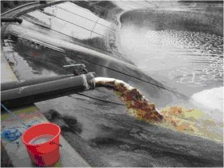
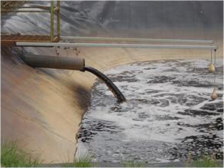
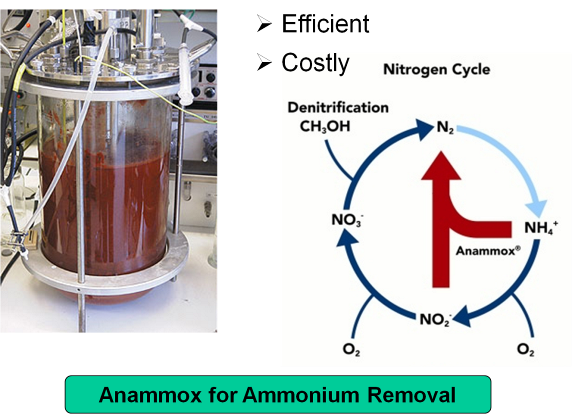
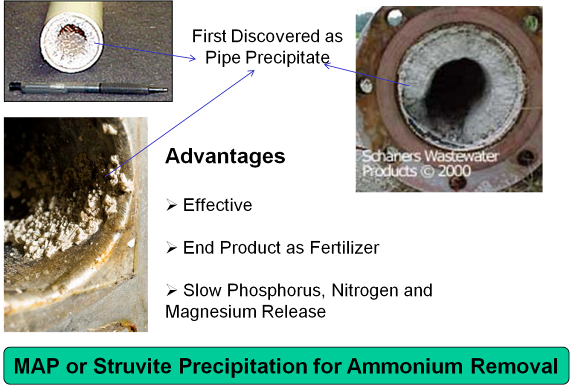
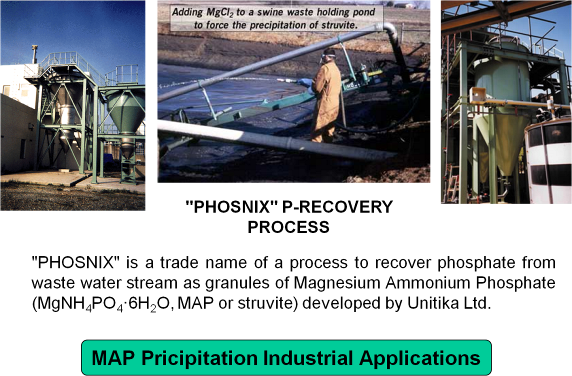

|
Gang Chen, Ph.D., P.E. |
|
Professor |